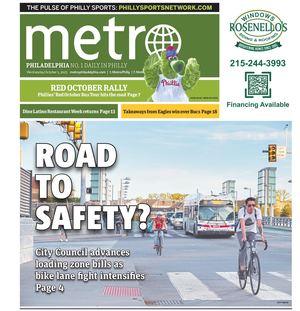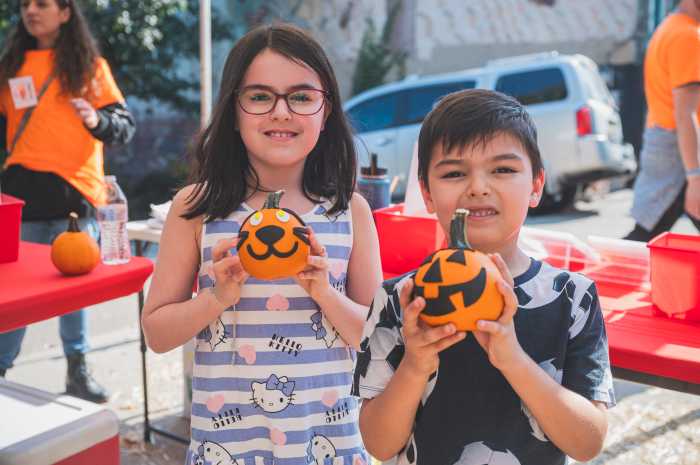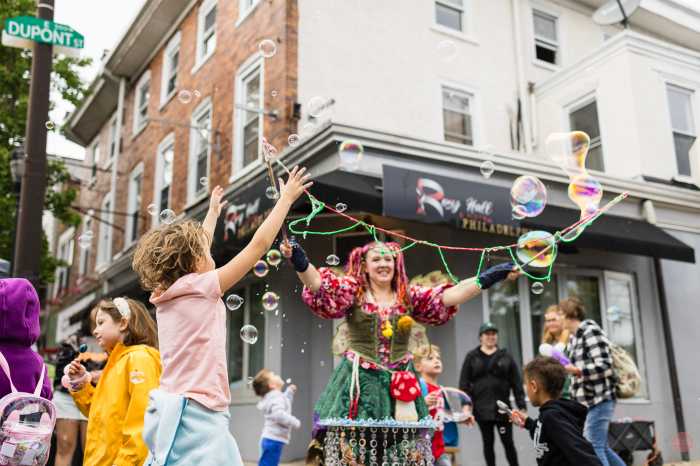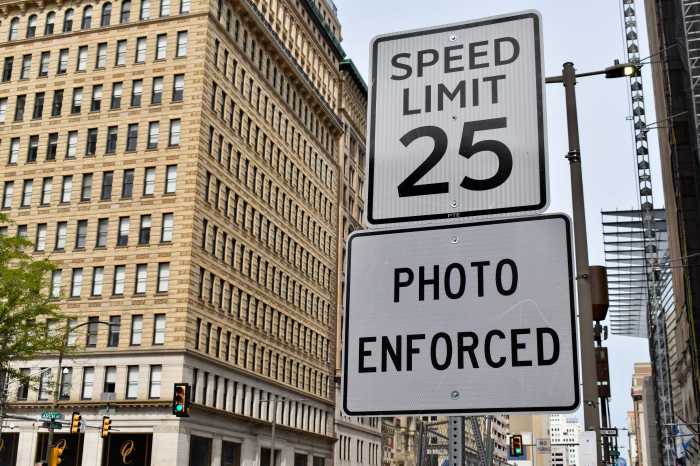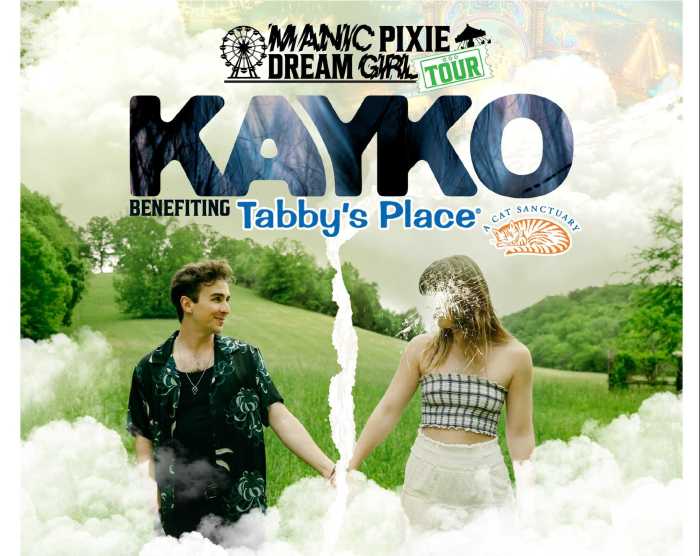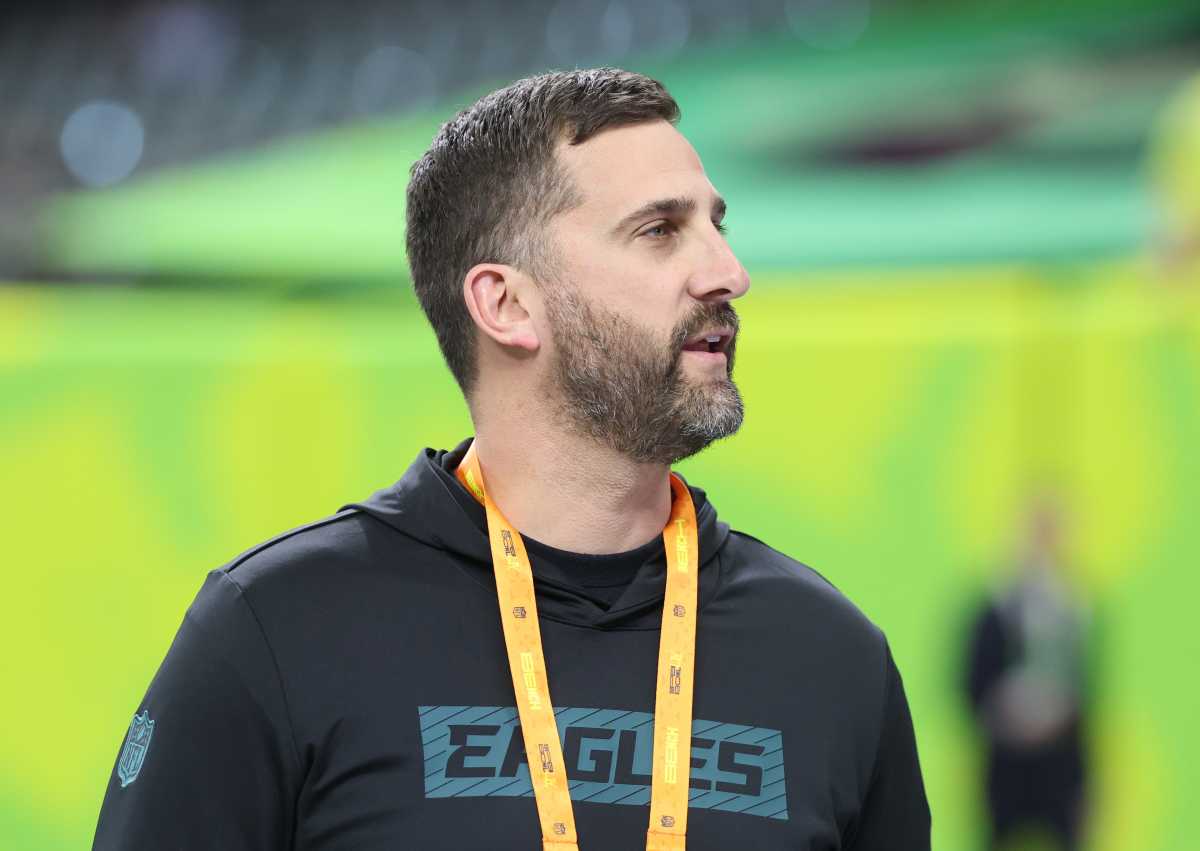It’s probably the case that last week’s oppressive heat had people thinking how to cool off, because we all know that there are more 90-plus degree days ahead this summer. It may surprise some residents of the city that Philly has 75 public swimming pools, five indoors, the rest outdoors and set to open in coming weeks. That’s more than many larger cities. Meet Mica Root, who has visited all of them and swam in all but one. She blogs about city pools and the people who visit and work at them at Swimming Philadelphia. Why did you start this project?
I love the pools. They completely changed my experience of summer in the city. I don’t care how much air conditioning you have access to — there’s nothing better than being able to dunk yourself in this clear blue water. I started the site as a way to explore and celebrate them. What were your goals?
Larry and Thelma, the two pool inspectors who trained me to be a lifeguard, had such a deep knowledge of the city, all through the vantage point of the pools. Listening to them made me want to visit all the pools, and to use that as an excuse to visit all the neighborhoods. I started trying to swim in all of them the summer I was lifeguarding, and I’d go back to the pool where I worked and tell the other staff what I’d seen and heard, and they said you have to write this stuff down. Working with Media Mobilizing Project for many years had given me an appreciation of the power of stories, so that’s where this started. Do you have any favorites?
My favorite is the one I worked at, O’Connor at 26th and South. It’s the first pool I came across, and it was such an incredible experience to find it. Kelly Pool (near the Please Touch Museum) is also incredible. It’s the biggest in the city, and there’s grass around it. My favorites tend to be the ones that are surrounded by green. There are also a handful that still have deep ends. To swim in the ones that have deep ends is really exciting.
One thing you hear a lot of people say is that public pools are dirty or unhealthy. Is that true?
There’s definitely the perception that they are not clean. And that’s grounded in some history, because public pools started as bathhouses, back before many people had indoor plumbing.
It’s not true that they are dirty now. When I worked at the pool, the pool attendants checked the chlorine and pH balance every hour. There are people from the city health department and a state agency who come around and check the water too. There are multiple groups ensuring the cleanliness of these pools. Last spring, the CDC came out with a report that said the risk of getting sick from a public pool is 0.0004 percent.
One thing I’ve experienced at public pools is some confusing signage and it feels like the hours are subject to change.
One of the biggest things that makes them subject to change is the weather. If there’s a heat advisory, a lot of the regularly scheduled things like adult swim and family swim go out the window.
Last year, Parks and Rec put up new signs, which have much more accurate information. In heavily Latino neighborhoods, the signs are in Spanish and English. There’s also a pool in the far northeast where the most important rules are hand-written in Russian. The police reaction to a teen pool party in McKinney, Texas — in which an officer was seen sitting on a teenage girl who was wearing a bikini — has reignited the discussion about race, segregation and swimming pools. What have you learned about the racial dynamics of Philly pools? Pools are particularly intimate spaces. Pools were definitely lightning rods during Civil Rights era desegregation and that continues to this day.
One of the stories that inspired my blog was, in the summer of 2013, I met a lifeguard at Murphy Pool at 3rd and Shunk. He’d been a lifeguard for decades, and told me that he’d been part of a team brought in to desegregate O’Connor Pool just 25 years ago. It wasn’t official segregation, but African-American people were not welcome there. So the Recreation Dept. pulled together a multi-racial team of lifeguards to talk with the community and make sure everyone could swim. Do you have any favorite stories about the people you’ve interviewed?
The thing that always amazes me is how good people are. In profiling people, I look for people who work incredibly hard and do the most they can — even for just $10 or $12 per hour. And it’s not hard to find people that are doing the best they can and putting so much love and care into it.
Explore Philly’s best public pools with blogger Mica Root
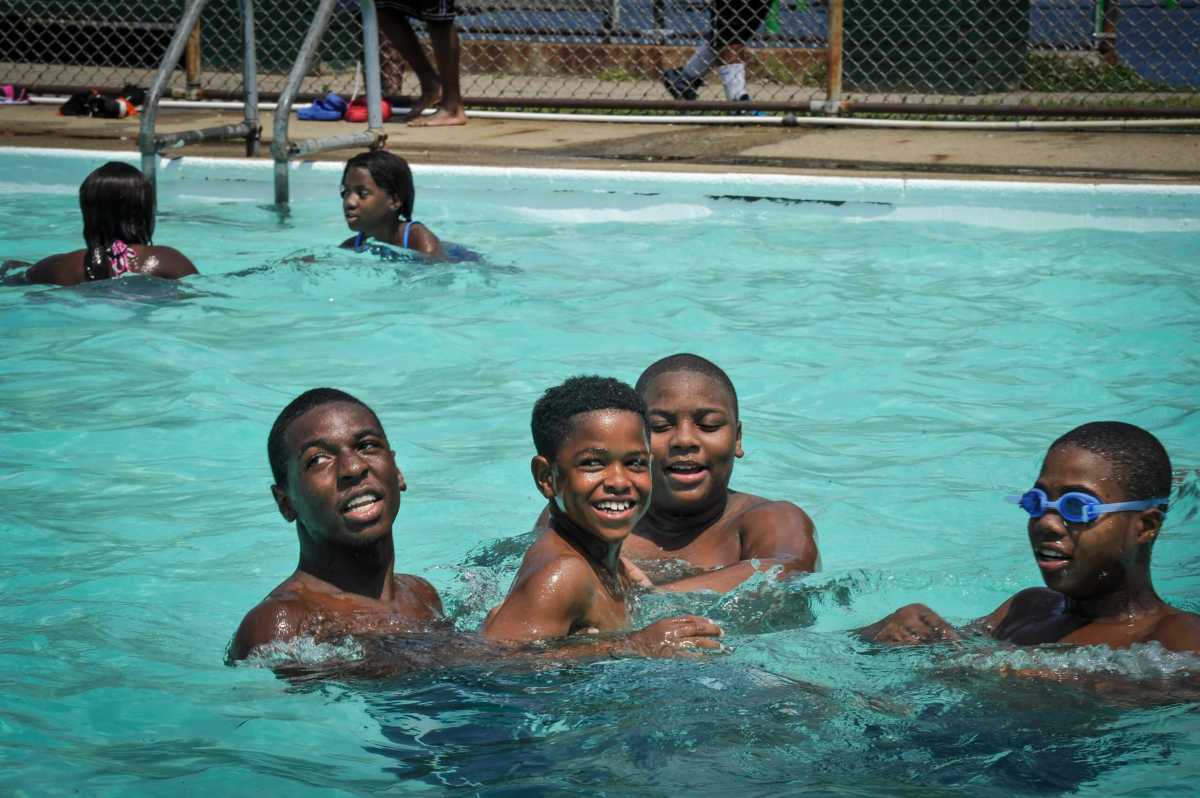
Charles Mostoller
